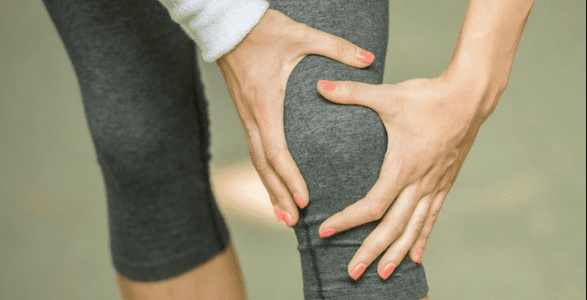
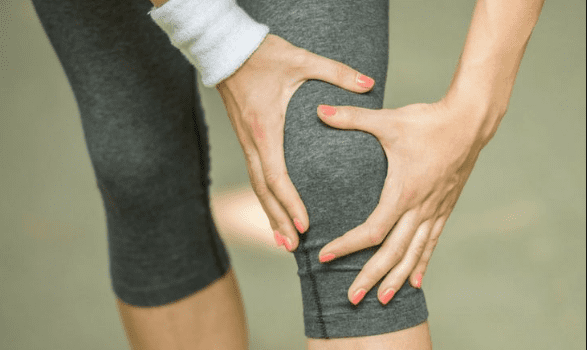
Reducing the Risk of ACL Tears, Part 2
LEVELUP INSIDERS October 23, 2012 SportStars 0

In Part I, Dr. Pandya discussed the intrinsic and extrinsic risk factors associated with ACL tears and other ACL injuries. In Part II, we will discuss ways to reduce some of the intrinsic risk factors with this devastating injury.
Everything BUTT the quads. Next time you watch a professional athlete, take a look at their backside. Some of the fastest, strongest, and most successful athletes have learned that the key to decreasing injuries is to train their posterior muscles.
On the other hand, many of the athletes we see for physical therapy have overdeveloped quadriceps and underdeveloped gluteus and hamstring muscles. The reason this imbalance occurs is that most of the activities of life favor the front. The way to counterbalance this is to perform exercises such as bridges, clamshells, and deadlifts.
_______________________________
CONNECT WITH US:
Follow SportStars on Twitter & Instagram | Like us on Facebook | Subscribe!
_______________________________
The CORE can give you more improved stability of the muscles that make up the core, i.e. abdominal, spine, pelvis, and hip, is very important to injury risk reduction. The core forms the foundation for the movement of your legs. Exercises such as planks, supermans, and laces can improve your core stability.
Soft landings are good landings
Faulty landing mechanics are a major contributor to ACL injuries. Many athletes land with their knees collapsed inward and forward past their toes or with their knees completely straight, both of which puts increased stress on the knees. Proper landing involves keeping the knee in line with the second toe, hips and knees slightly flexed, and trunk upright. Practice must be done with double and single leg landing, as well as in game-like situations.
The importance of a dynamic warm-up
Proper warm up is key to getting your muscles and nervous system ready for the demands of your sport. Jog for 5-10 minutes to get your blood flowing to the muscles, followed by active stretches such as walking lunges and Frankenstein marches.
Practice makes better
The key to any injury reduction program is practice. Your neuromuscular system needs repetition so that you don’t have to think before you move. Performing exercises and learning how to land properly requires constant attention. This is especially true in the young athlete since their bodies are undergoing regular changes. Remember that over 70 percent of ACL injuries are non-contact injuries. That means that changing the way you train and move can help reduce your risk and keep you in the game.
If you have questions about exercise or technique, contact your school’s certified athletic trainer or a licensed physical therapist. Tuan Mai is a physical therapist, certified athletic trainer and a certified strength and conditioning specialist for Sports Medicine For Young Athletes, a division of Children’s Hospital Oakland with a facility also located in Walnut Creek.
If you have questions or comments regarding the “Health Watch” column, write the staff at Health@SportStarsOnline.com.Editor’s note: This is the conclusion to a two-part look at ACL tears in young athletes. Part I was written by Dr. Nirav K. Pandya and can be found in Issue 53 at SportStarsOnline.com

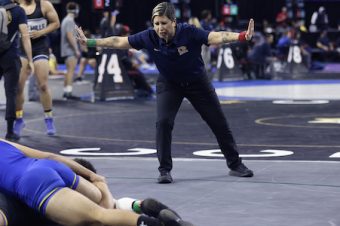
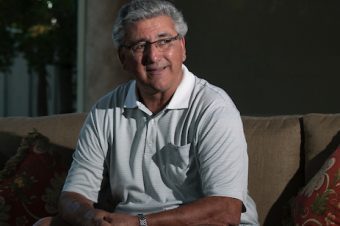


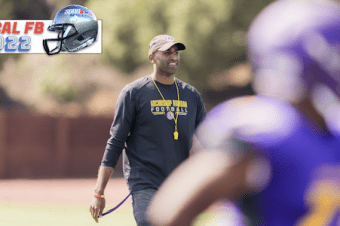
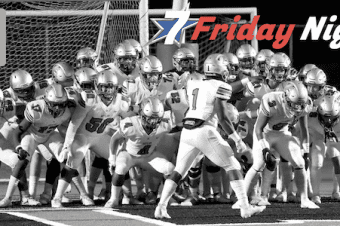
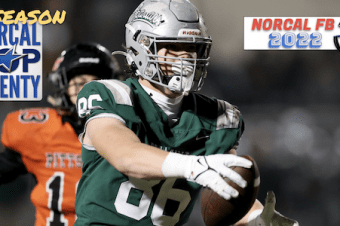
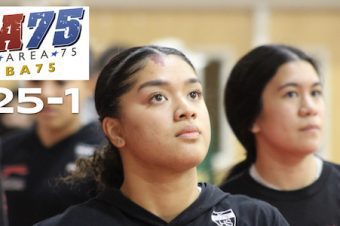

No comments so far.
Be first to leave comment below.